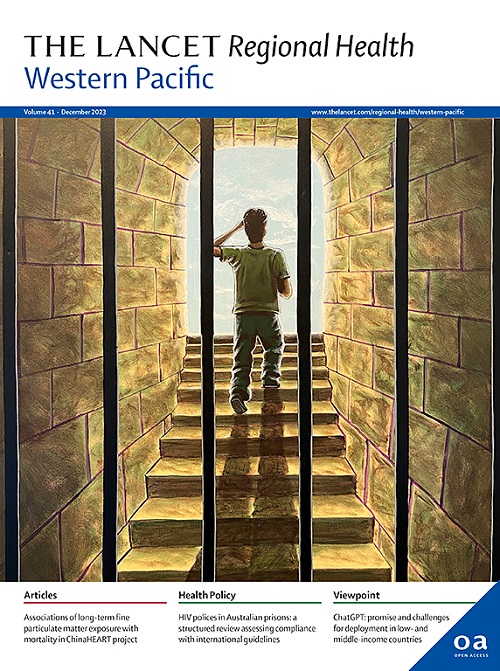成熟t细胞和nk细胞肿瘤的流行病学:东方和西方
IF 8.1
1区 医学
Q1 HEALTH CARE SCIENCES & SERVICES
引用次数: 0
摘要
成熟t细胞和自然杀伤细胞淋巴瘤并不常见。它们的流行病学数据主要来自西方和东方国家,其中一些差异很大。这些差异可能与遗传易感性、致癌病毒的流行和其他环境因素有关。结性成熟t细胞淋巴瘤是最常见的,其发病率因种族/地理而异。结外t细胞淋巴瘤具有非常不同的流行病学特征。成人t细胞白血病/淋巴瘤是由人t细胞白血病病毒1型(HTLV-1)感染引起的,主要见于HTLV-1流行区。蕈样真菌病是西方最常见的皮肤t细胞淋巴瘤,占亚洲t细胞淋巴瘤的2%。eb病毒相关的t细胞淋巴瘤在亚洲和中南美洲很常见,但在西方很少见。HLA-DPB1、IL18RAP和HLA-DRB1基因的种系多态性已在中国NK/ t细胞淋巴瘤患者中被确定,可能影响ebv相关淋巴瘤发生的易感性。这篇综述探讨了这些流行病学差异以及它们如何影响管理。本文章由计算机程序翻译,如有差异,请以英文原文为准。
Epidemiology of mature T-cell and NK-cell neoplasms: east and west
Mature T-cell and natural killer (NK) cell lymphomas are uncommon. Their epidemiological data are mainly derived from Western and Eastern countries, some with significant variations. These differences may be related to genetic susceptibilities, prevalence of oncogenic viruses and other environmental factors. Nodal mature T-cell lymphomas are most common, with their incidences varying ethnically/geographically. Extranodal T-cell lymphomas have very different epidemiologic features. Adult T-cell leukaemia/lymphoma, due to human T-cell leukaemia virus type-1 (HTLV-1) infection, is found mainly in HTLV-1 endemic areas. Mycosis fungoides, the most common cutaneous T-cell lymphoma in the West, accounts for <2% of T-cell lymphomas in Asia. Epstein–Barr virus (EBV) related T-cell lymphomas are common in Asia and Central/South America but exceptional in the West. Germline polymorphisms of HLA-DPB1, IL18RAP and HLA-DRB1 genes have been defined in Chinese NK/T-cell lymphoma patients, potentially affecting susceptibility to EBV-related lymphomagenesis. This review explores these epidemiological differences and how they may impact on management.
求助全文
通过发布文献求助,成功后即可免费获取论文全文。
去求助
来源期刊

The Lancet Regional Health: Western Pacific
Medicine-Pediatrics, Perinatology and Child Health
CiteScore
8.80
自引率
2.80%
发文量
305
审稿时长
11 weeks
期刊介绍:
The Lancet Regional Health – Western Pacific, a gold open access journal, is an integral part of The Lancet's global initiative advocating for healthcare quality and access worldwide. It aims to advance clinical practice and health policy in the Western Pacific region, contributing to enhanced health outcomes. The journal publishes high-quality original research shedding light on clinical practice and health policy in the region. It also includes reviews, commentaries, and opinion pieces covering diverse regional health topics, such as infectious diseases, non-communicable diseases, child and adolescent health, maternal and reproductive health, aging health, mental health, the health workforce and systems, and health policy.
 求助内容:
求助内容: 应助结果提醒方式:
应助结果提醒方式:


